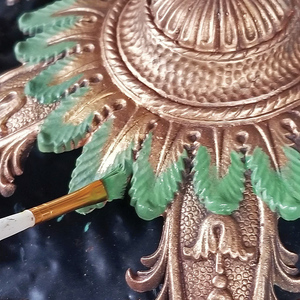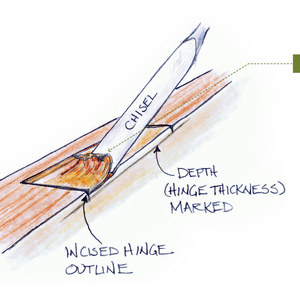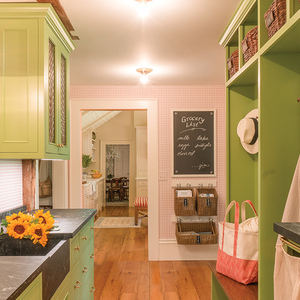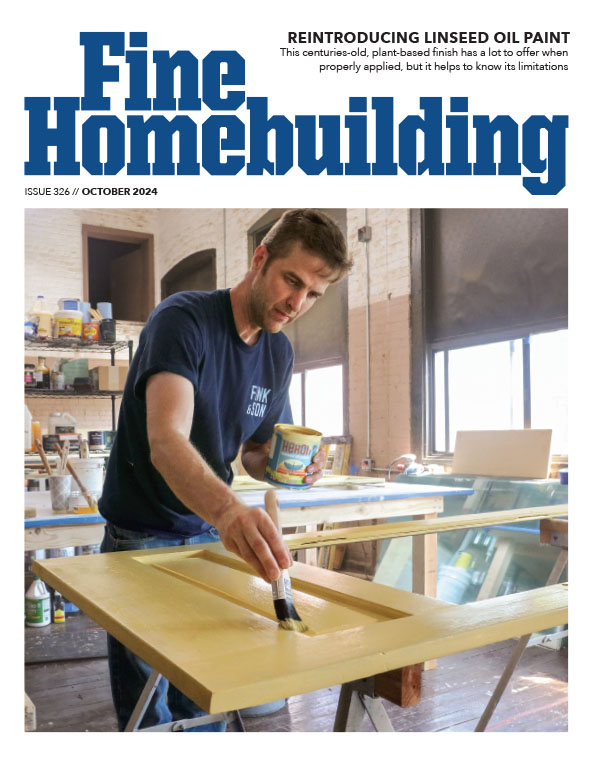slab-on-grade radiant slab perimeter insulation options?
Hi
I am considering a site which has a high water table which precludes a basement.
With slab-on-grade what are my options for insulating the perimeter? I would like to avoid exterior foam board on the slab edge and foundation stem walls (I don’t like the looks of it and don’t want bugs tunneling through it to get to the wood).
I could place 2″ XPS vertically against the inside of the foundation stem wall before the slab is poured effectively insulating the slab from the exposed foundation.
However this leaves a piece of the flooring somewhat unsupported over the XPS.
It also leaves the base of the stud wall uninsulated at the corner where it meets the floor (kind of a downward diagonal short cut through the baseboard to the foundation stem wall to the exterior).
Anyway I am looking for advice on how to insulate this style of radiant slab. If you have a detail or sketch so I could visualize it that would be great.
Thanks
John



















Replies
Insulating the perimeter of your slab
John,
Sorry to hear you don't like the looks of an insulated slab. Of course, it's hard to sympathize, since I don't like the looks of an uninsulated slab. Sometimes form should follow function.
If you're worried about ants in your foam, use semi-rigid rockwool insulation like Roxul. If you don't like the look of a thin stucco coating, install expanded metal lath or some other type of mesh over your insulation; anchor it firmly to the foundation with concrete fasteners, and install a durable stucco over the lath.
But if the idea of insulation bothers your sense of aesthetics, you just might end up with a poorly insulated floor and higher than necessary energy bills. Of course, that has its own list of disadvantages.
Martin Holladay, senior editor
http://www.greenbuildingadvisor.com
I agree with Martin.
Your profile doesn't say where you are loacted. In my neck of the woods some counties are requiring R-5 rigid insulation on the exterior of all new foundation wall. That is 1" rigid foam.
To handle the bug issue use a BoraGuard rigid foam. Hold it in place with tapcons and fender washers while the glue sets, and then finish it with a Dryvit type product. Cap the top edge with a L flashing or Z flashing that acts as a "termite shield" as well as a water kick management detail at the bottom of the exterior wall.
john...look
thru the archives for
## RFH Ranch ##
that was a radiant floor ranch we built about 2 years ago..
the slab on grade detail has a 6x4 pt sill, with a 3/4 pt ply cap ( so the total sill ht is 6.25" )
the foundation is a 40" x10" poured concrete wall on a 10x20 footing
the insulation is 2#/cf Performguard foam (borate treated )...... under the slab anf against the inside of the sill
the walls are 2x4 with a 2x2 interior strapping ( Mooney wall )... so the 5.5" sill ( 3.5 pt + 2" foam ) is hidden
the heat is radiant floor heating in the slab
You can sorta see...
...in this photo what we do. The walls are poured, and 2" XPS is installed against them vertically. The top edges of all pieces are ripped at 45 on the tablesaw. Then, the underslab prep is done and another round of 2" XPS goes down flat. When the slab is poured, it is flush with the top of the stemwalls. The top 2" of the slab tapers out at 45 degrees due to the bevel on the XPS, so there's only a small gap around the perimeter, nothing that would interfere with flooring.
Next time I'll probably find a way to get at least 3/4" or 1" of insulation between slab and walls.
IMO you cannot pour a monoslab and insulate the edge without it looking like hell and being a lousy detail besides.
Yeah, can be awkward
but we dealt with this detail a lot back in the PNW over the years where insulation is usually always required. One poster suggested one option ... chamfer the insulation at a 45 ... although I'd add that some don't like the sharp point of the slab (can e.g. break off), so they hold the insulation down a bit and then put in a 1/2" fiberboard for the top inch. Another option is to run e.g. a 2x2 on top the regular insulation which remains exposed. This provides a thermal break and possible tack strip. The slab then has a bit of a jog in it when it comes up the 2" insulation and over to the 2x2 ... no issues, really.
I just ran the fiberboard the full thickness ... not insulated, but no thermal bridge, either.
The floor finish is a potential issue, though. The detail is a bit awkward. No right way to do it. The baseboard detail can help a bit to cover 'issues'.